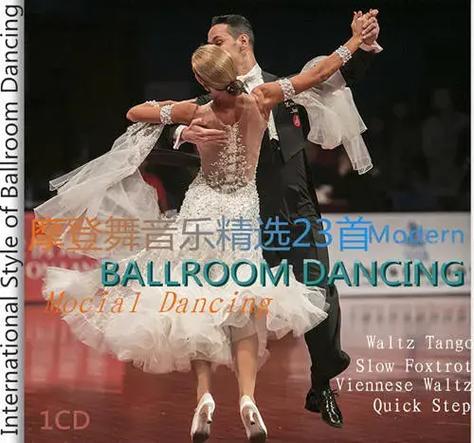Tone and Mood for Day of the Dead
As you prepare to celebrate the Day of the Dead, also known as “D铆a de los Muertos,” it’s essential to understand the unique tone and mood that characterize this vibrant and deeply meaningful tradition. This holiday, which is celebrated primarily in Mexico and among Mexican communities around the world, is a time to honor and remember loved ones who have passed away. It’s a blend of sadness and joy, a celebration of life and death, and a chance to connect with the spirits of the departed. Let’s delve into the various aspects that contribute to the distinctive tone and mood of this special day.
Colorful Altars and Decorations

The Day of the Dead is celebrated with elaborate altars, known as “ofrendas,” which are set up in homes, schools, and public spaces. These altars are adorned with vibrant colors, including bright reds, oranges, and yellows, which symbolize the flowers that bloom during this time of year. The use of these colors sets a festive and cheerful mood, contrasting with the somber nature of the holiday.
On the altars, you’ll find a variety of decorations, such as marigold flowers, sugar skulls, paper cutouts, and photographs of the deceased. Marigolds are particularly significant, as they are believed to guide the spirits back to the living world. The sugar skulls, which are intricately designed and often adorned with the names of the departed, are a reminder of the joy and laughter that once filled their lives.
Music and Dance

Music and dance play a crucial role in setting the tone for the Day of the Dead. Traditional Mexican music, such as mariachi and brass bands, fills the air, creating a lively and festive atmosphere. The music is often accompanied by dance, with people wearing colorful costumes and performing traditional dances like the “La Danza de los Viejitos” (The Dance of the Little Old Men) and “La Danza de los Muertos” (The Dance of the Dead).
The dances are performed to honor the spirits of the deceased and to celebrate their lives. The dancers often wear masks and costumes that represent the various stages of life, from infancy to old age. The music and dance not only set a joyful mood but also serve as a reminder of the interconnectedness of life and death.
Food and Drink

Food and drink are central to the Day of the Dead celebration, and they contribute significantly to the overall mood. Traditional Mexican dishes, such as pan de muerto (bread of the dead), mole, and tamales, are prepared and shared with family and friends. These dishes are often decorated with sugar skulls and other symbols of the holiday.
One of the most iconic drinks associated with the Day of the Dead is the “calaveras,” a sweet, spiced tea that is often served with a slice of pan de muerto. The tea is believed to help the spirits feel at home and to encourage them to visit their loved ones. The consumption of these foods and drinks creates a warm and inviting atmosphere, fostering a sense of community and togetherness.
Personal Reflection and Remembrance
Beneath the festive and joyful surface of the Day of the Dead celebration lies a deep sense of personal reflection and remembrance. Many people take this time to remember their loved ones who have passed away, sharing stories and memories that bring both joy and sadness.
It’s not uncommon for families to visit the graves of their deceased relatives, leaving offerings and flowers. This act of remembrance helps to maintain the connection between the living and the dead, ensuring that the spirits of the departed are never forgotten.
The Day of the Dead is a time for reflection, but it’s also a time for celebration. The unique blend of sadness and joy, the vibrant colors and decorations, the music and dance, and the food and drink all contribute to the distinctive tone and mood of this special day. As you prepare to celebrate, take a moment to appreciate the rich history and cultural significance of this holiday, and remember the loved ones who have touched your life.




